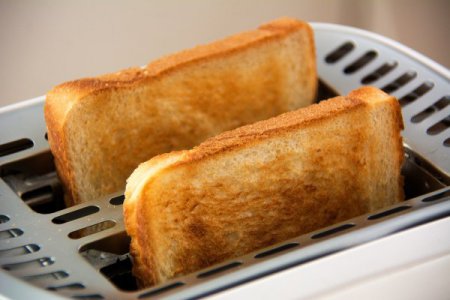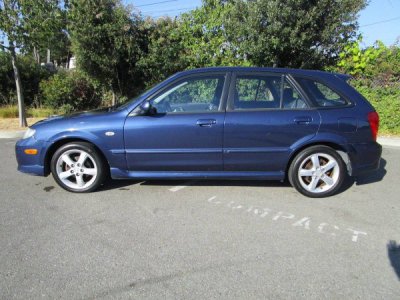Toaster is a great conversation starter about materials usage, resource management and sustainability.
We wrote a short article to start the dialogue. (https://www.plastiblocks.com/single-post/2018/08/10/Toaster---a-conversation-starter)
It is so sad that majority of people who have skills don't bother repairing slightly broken, old appliances.
And people who don't have skills - have no one to help because repair shops are almost extinct.
I hope you can participate in the discussion we started on our blog by commenting there or here and maybe share any repair projects of house hold stuff to encourage others to do so as well.

We wrote a short article to start the dialogue. (https://www.plastiblocks.com/single-post/2018/08/10/Toaster---a-conversation-starter)
It is so sad that majority of people who have skills don't bother repairing slightly broken, old appliances.
And people who don't have skills - have no one to help because repair shops are almost extinct.
I hope you can participate in the discussion we started on our blog by commenting there or here and maybe share any repair projects of house hold stuff to encourage others to do so as well.


